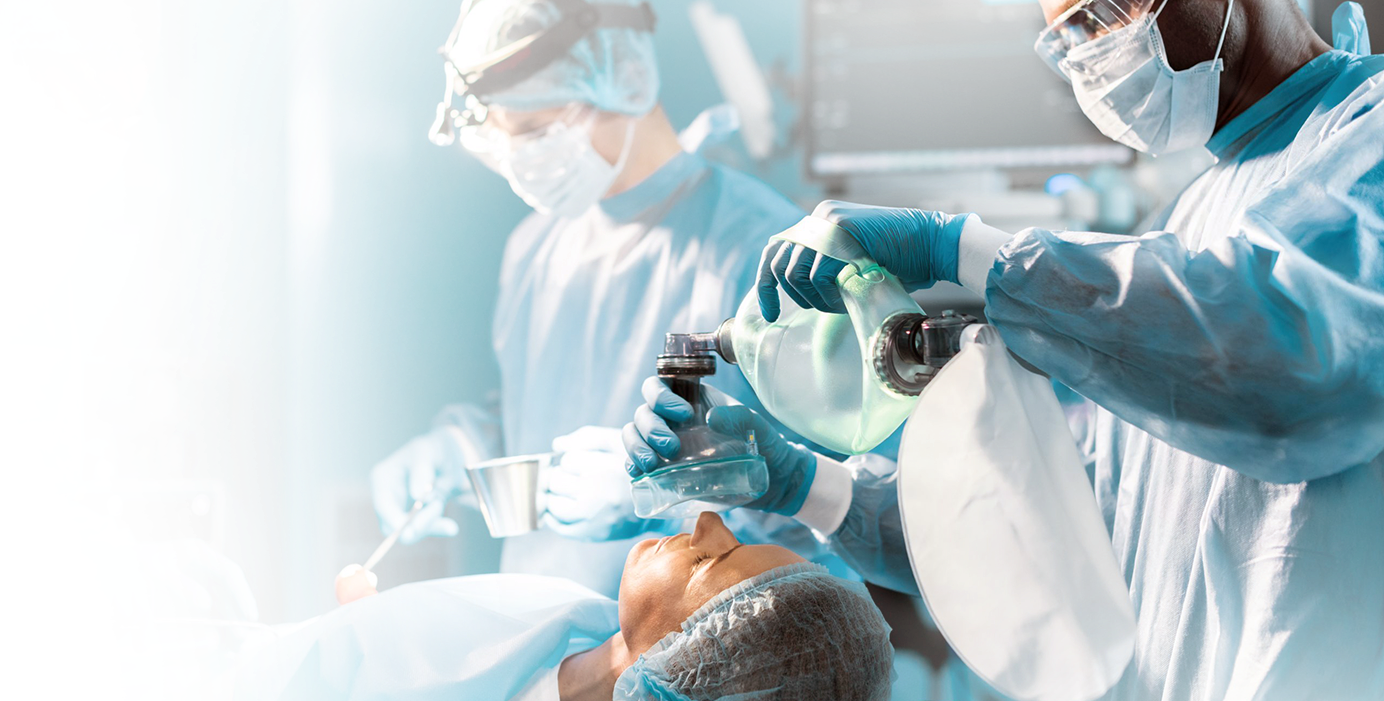At The Institute for Advanced Reconstruction, we have pioneered several advances that have improved the standard treatment of sports hernia, or athletic pubalgia. Treating the nerves in the area of the injury is a key aspect in our approach.
Other centers often overlook these nerves, yet failure to treat them can lead to continued pain and shock feelings in the groin and genitals. Our surgeons repair these injured nerves to maximize the chances for success.

Sports Hernia Tests & Procedures

Tests & Procedures for Sports Hernia Treatment
Diagnosing Sports Hernia Symptoms
Sports hernias can be difficult to diagnose because many other conditions have similar symptoms. Our comprehensive assessment process will involve both physical examination and diagnostic tests.
- Physical exam: We will ask you about your symptoms and perform a physical exam, during which we may ask you to do a sit-up or flex your abdomen. With sports hernia symptoms, these exercises will be painful.
- MRI: This imaging test allows our team to see what might be causing your groin pain as well as understanding the severity of your injury.
Sports Hernia Treatment
Some treatments for sports hernia simply mask the issue. At The Institute for Advanced Reconstruction, we go a step further by correcting athletic pubalgia with the most innovative procedures available. Our surgeons have pioneered several advances that target the source of sports hernia symptoms to provide relief that lasts.
Treating athletic pubalgia often requires surgical repair of the core muscles. When injured nerves are involved, we may need to free the nerves from scar tissue, a process known as neurolysis, or repair a damaged nerve through a procedure known as neurorrhaphy. Another advance we have pioneered is the use of bone anchored mesh reinforcement of the core muscles, a technique that differs from the standard hernia mesh to allow for a solid repair of the injured core muscles.
Surgical Repair of the Core Muscles
The surgical approach we take will depend on which muscles or tendons are injured and the severity of the injury. For most patients, we perform sports hernia surgery using a minimally invasive endoscopic procedure. The surgeon makes multiple small incisions and uses a tubelike camera called an endoscope to see inside the abdomen. Our team will use a combination of techniques to repair torn tissues, tendons, and ligaments. If you have nerve injury, we will repair it using specialized procedures, including:
- Neurolysis: We apply a chemical or physical agent to a nerve, causing a temporary or permanent degeneration of the nerve fibers and interrupting the transmission of nerve signals.
- Neurorrhaphy: We remove scar tissue from an injured nerve and then surgically repair or suture the severed nerve.
Bone Anchored Mesh Reinforcement of the Core Muscles
Many patients have had their sports hernia repaired with the traditional mesh hernia repair. Often, this approach doesn't address the pain associated with athletic pubalgia. A bone-anchored mesh reinforcement allows us to address and repair the core injured muscles to relieve the pain.
Repaired muscles are often fragile immediately following a surgical procedure. In order to reinforce the repair and guard against re-injury, we secure a mesh to the bone and place it over the repair. This technique differs from the standard hernia mesh, as our mesh is placed over the top layer of muscle, away from the vulnerable nerves and structures. This allows for a very strong repair of the injured core muscles with much lower risk of re-injury.
Recovery After Sports Hernia Surgery
Our surgical procedures for athletic pubalgia are done as outpatient procedures, meaning patients may go home the same day as the surgery. Your recovery protocol begins almost immediately. Most patients are fully recovered by six weeks and are back to normal physical activity within three months. Almost all patients are able to return to their prior activities after surgery. Pain is relieved in most patients after surgery.
